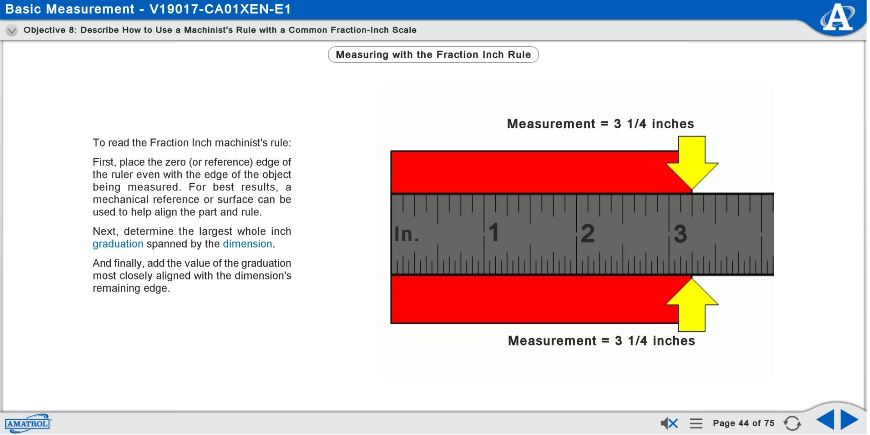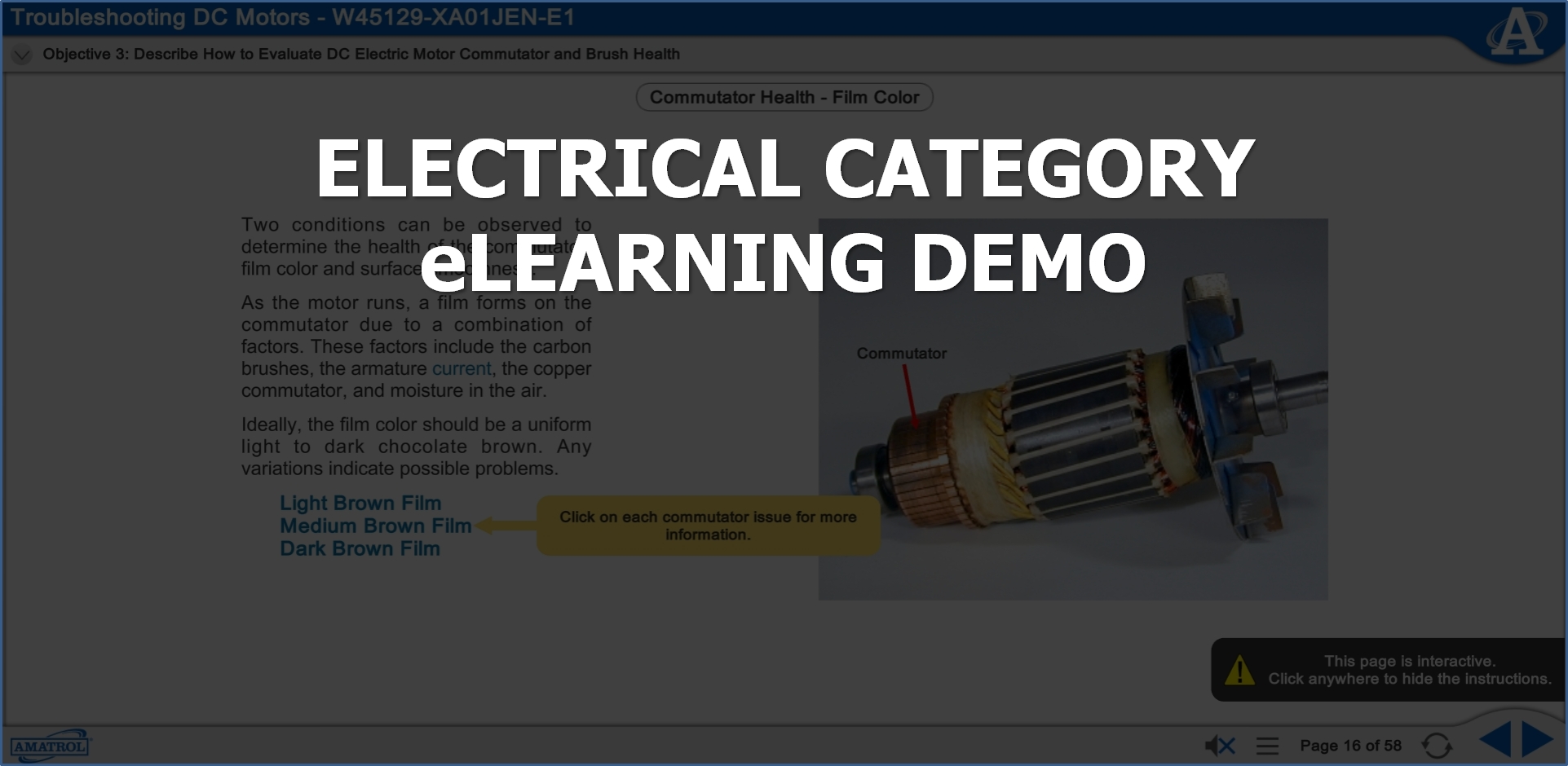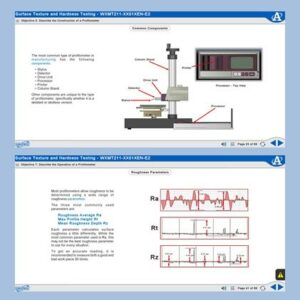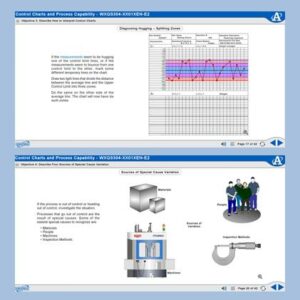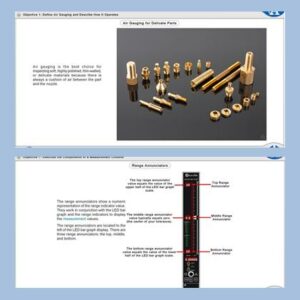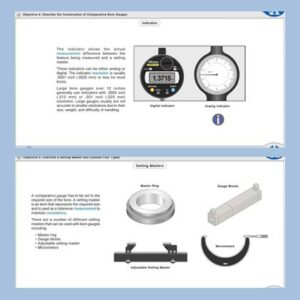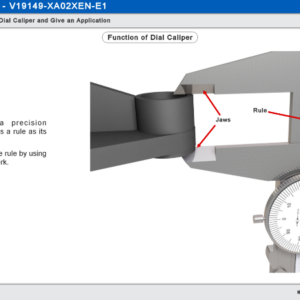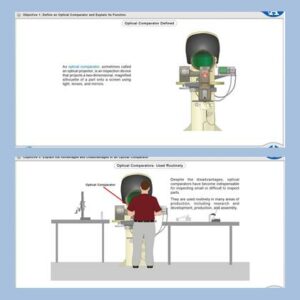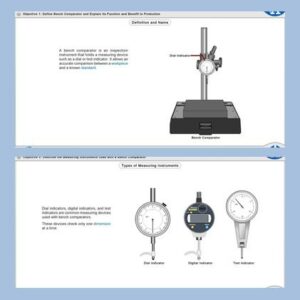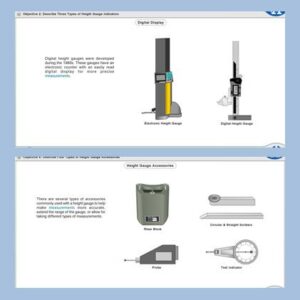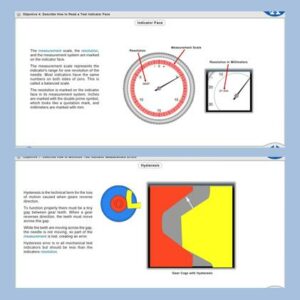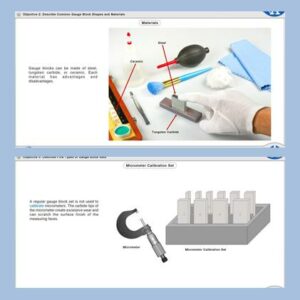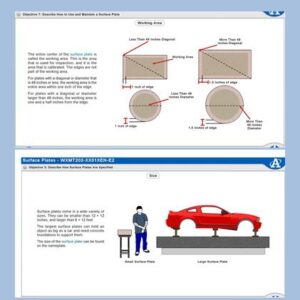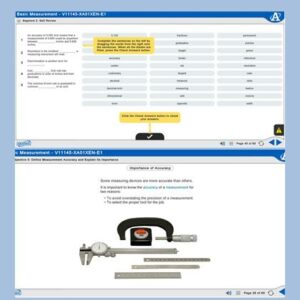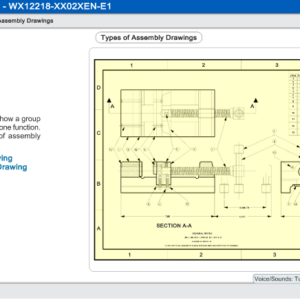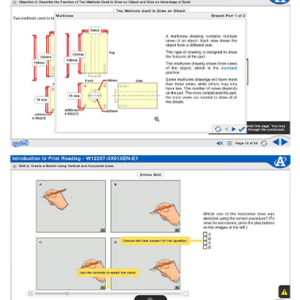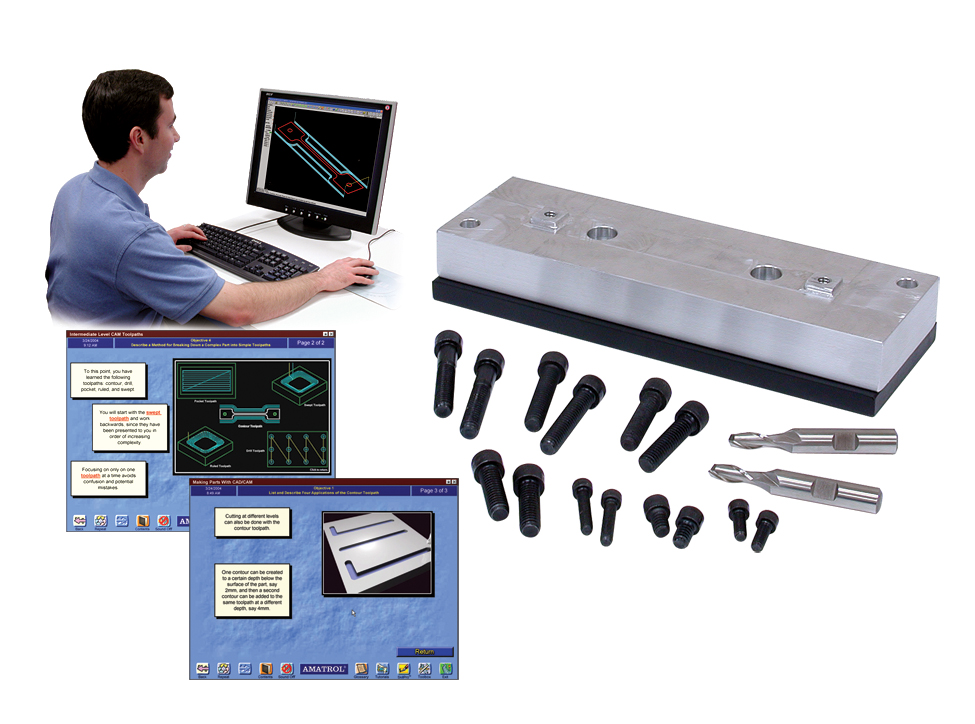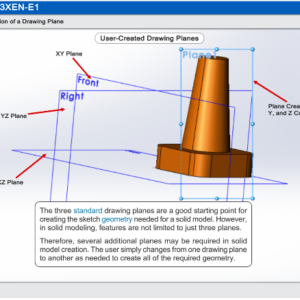Amatrol’s Measurement Tools online training introduces basic measurement, precision measurement tools, and dimensional gauging. Learners will cover concepts such as S.I. Measurement, U.S. Customary Measurements, Tape Measure and Measurement Conversion. Applications taught include using a dial caliper, digital caliper, English micrometer, and metric micrometer. Dimensional Gauging will include an introduction to gauging as well as indicator measurement and data collection. Measurement Tools 1 provides an overview of concepts in control chart analysis and operation, geometric dimensioning and tolerance, and location, orientation, and form tolerances.
- HOME
- PRODUCTS
- eLearning
- Hands-On Workstations
- Assessment Systems
- Skill Boss Manufacturing
- Skill Boss Logistics
- High School Learning Programs
- College Learning Programs
- Industry Training Programs
- Industrial Certification Preparation
- Portable Training Systems
- Product Catalogs | Family of Companies
- eBooks
- FaultPro | Electronic Fault Insertion & Troubleshooting System
- Virtual Simulators
- Student Reference Guides
- Furniture
- PRODUCT CATEGORIES
- INSTRUCTOR TRAINING
- SUPPORT
- FAQ
- NEWS & MEDIA
- COMPANY





